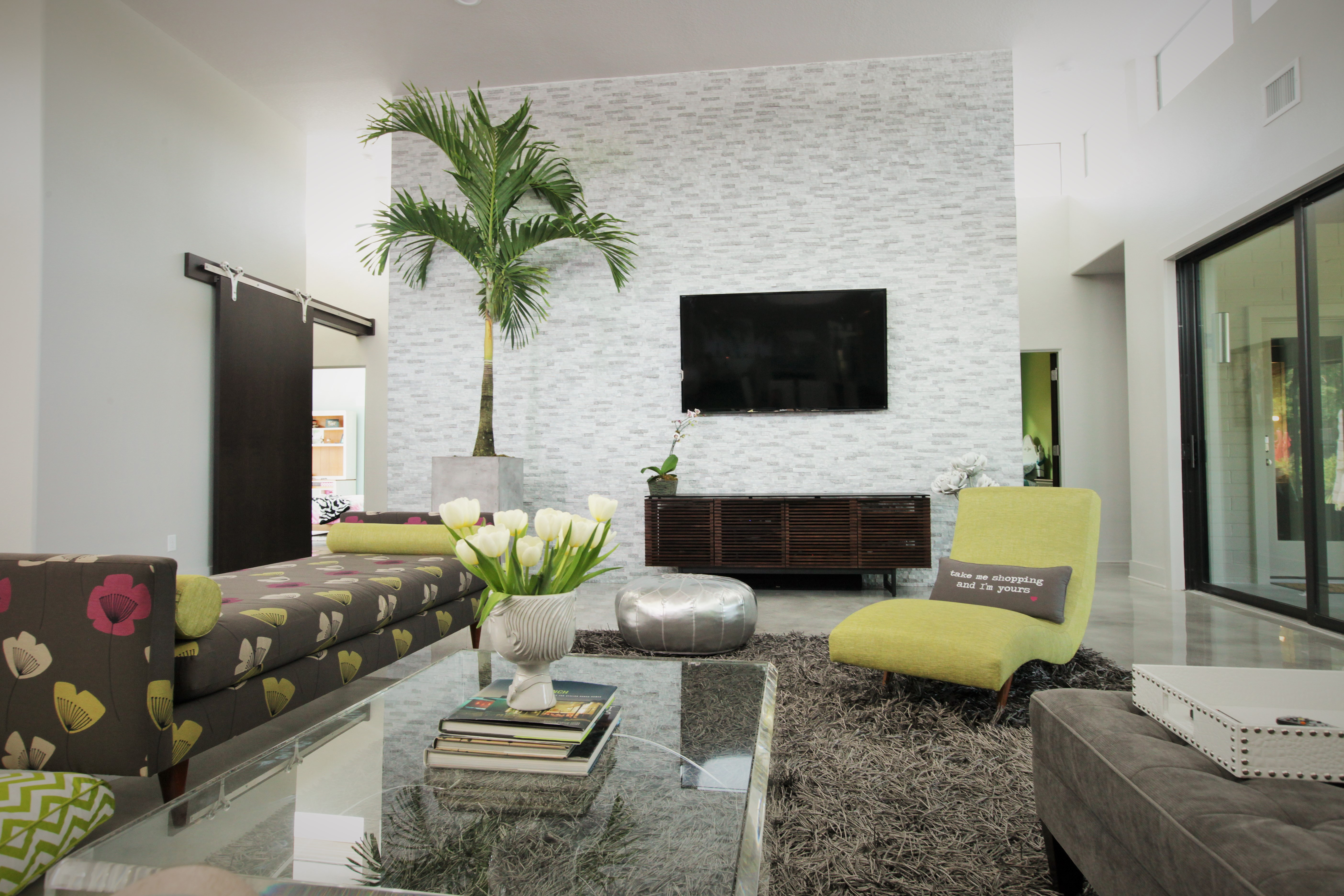Every day, green homes continue to rise from lots across America. According to the United States Green Building Council (USGBC), the share of new, green single-family residential homes grew from 2 percent in 2005 to 23 percent in 2013. Statewide, 2,379 green homes were certified by the Florida Green Building Coalition last year, up from 1,237 in 2013.
While the demand for certified green homes continues, what was considered green just a few years ago has evolved as consumers seek homes that are built to last — and that are better for their health.
“Green building is wearing off a bit,” says Greg Hardwick president and owner of Hardwick General Contracting, serving the Orlando area for the past 15 years. “Durability and sustainability are more attractive now.”
Looking at the Long-Term
Hardwick, one of the early adopters of the certification process in the Orlando area, certified his first green home in 2004. He considers green home building the art of using sound building principles and quality control, combining durability with energy efficiency, indoor air quality and environmentally friendly products.
“People today are looking less for green features and more for energy savings, longevity and durability of the home,” he says. Energy savings is huge: To date, more than 1 million ENERGY STAR-qualified homes have saved consumers an estimated $200 million annually in utility bills, according to the USGBC.
Indeed, times have changed since green homes began to gain a foothold in the Orlando area about 10 years ago. Low-flow toilets and Energy Star Appliances, once only associated with a green project, have become the standard. The concentration on water conservation has shifted toward the outside of the home, focusing on well-installed irrigation and drought tolerant landscaping.
Hardwick says because durable, low-maintenance homes are in demand, that does not bode well for some green features. “ Cisterns, for example, used to be popular as a green feature, but they are not maintenance free at all,” he explains.
Incorporating bamboo into the home, which is rapidly renewable and holds up well in Florida’s heat and humidity, is becoming trendy, he says, as is using composites for outdoor trim as opposed to wood. “ Composites may not sound green,” he says, “but they are durable, which means it puts off tearing down a home and filling landfills.”
Melding the interior with Mother Nature is a popular trend as well. In particular, consumers are seeking more natural light to bring the outdoors in. Large eight-foot tall glass sliders creating 10-to-12-foot openings work to bring in more light and seamlessly integrate an outdoor kitchen or living space with the indoor floor plan.
Design for Your Health
Protecting their health is also top-of-mind with consumers. Hardwick says quartz countertops manufactured in the United States are all the rage. Unlike granite, they are non-porous, making them superior from a hygiene standpoint.
Orlando’s Gloria Van Dusen, owner of “Environments by Design, an Orlando interior design firm founded in 2004, says a homeowner’s health is at the top of the green movement today. “There is a large rise in asthma and allergies, and some of that is caused by fabrics and other products in our homes,” she says.
To create a healthier home, she specifically recommends that consumers think twice about furnishing with inexpensive household articles and supplies, especially those made outside of the United States. The same goes for flooring, carpeting and paint. “Low-VOC paint makes a world of difference, eliminating off-gassing that can make you and your family sick,” she says. She fancies the trend of natural American-made wool carpets, which do not contain petroleum.
Dust is a major problem in today’s homes, she notes, and advises against clutter, which only makes matters worse. “The more stuff, the more dust,” Van Dusen notes, adding that the
expression and philosophy of “less is more” is back in vogue. She is happy to see fewer artificial plants, a trend that boomed when many homes were constructed with out-of-reach plant shelves.
Reduce, Reuse, Recycle
“Anything that is faux is out,” she believes. “They are just dust magnets. A succulent garden is always better than any artificial plant.”
Van Dusen is also a big proponent of bringing the outdoors in, and incorporates natural accessories in her interior design. “I love corks in a bowl,” she says, noting that even if someone does not drink wine, they can get corks from a local restaurant. “Everything can be reused. We just have to rethink our way of thinking.”
A third generation Floridian, Van Dusen didn’t just join the green movement — she helped build it. She opened her business when going green was in its infancy because she felt a responsibility to the environment. She lives by the adage “reduce, reuse, recycle,” and incorporates green products in her design as much as possible.
She’s a stickler for quality, which translates to longevity and less waste. She will recommend recovering a sofa instead of tossing it out for a new one. If you would rather buy new, she recommends buying vintage. What to do with the old sofa? Donate it to charity. Habitat for Humanity is a favorite.
“There is not an infinite supply of anything,” Van Dusen says. “I feel like we can make a difference in the things that we do. You can always choose a green spec.”




Comments